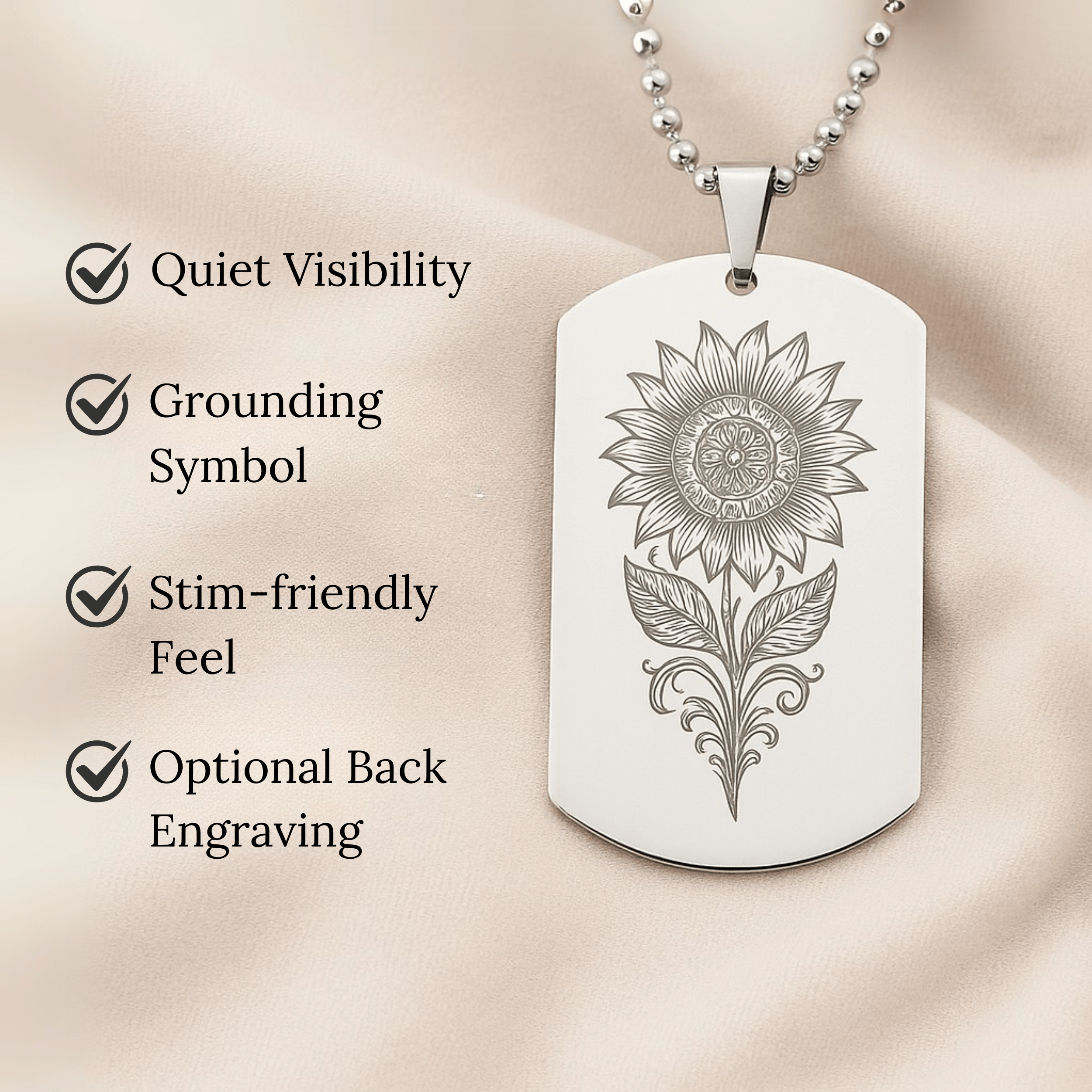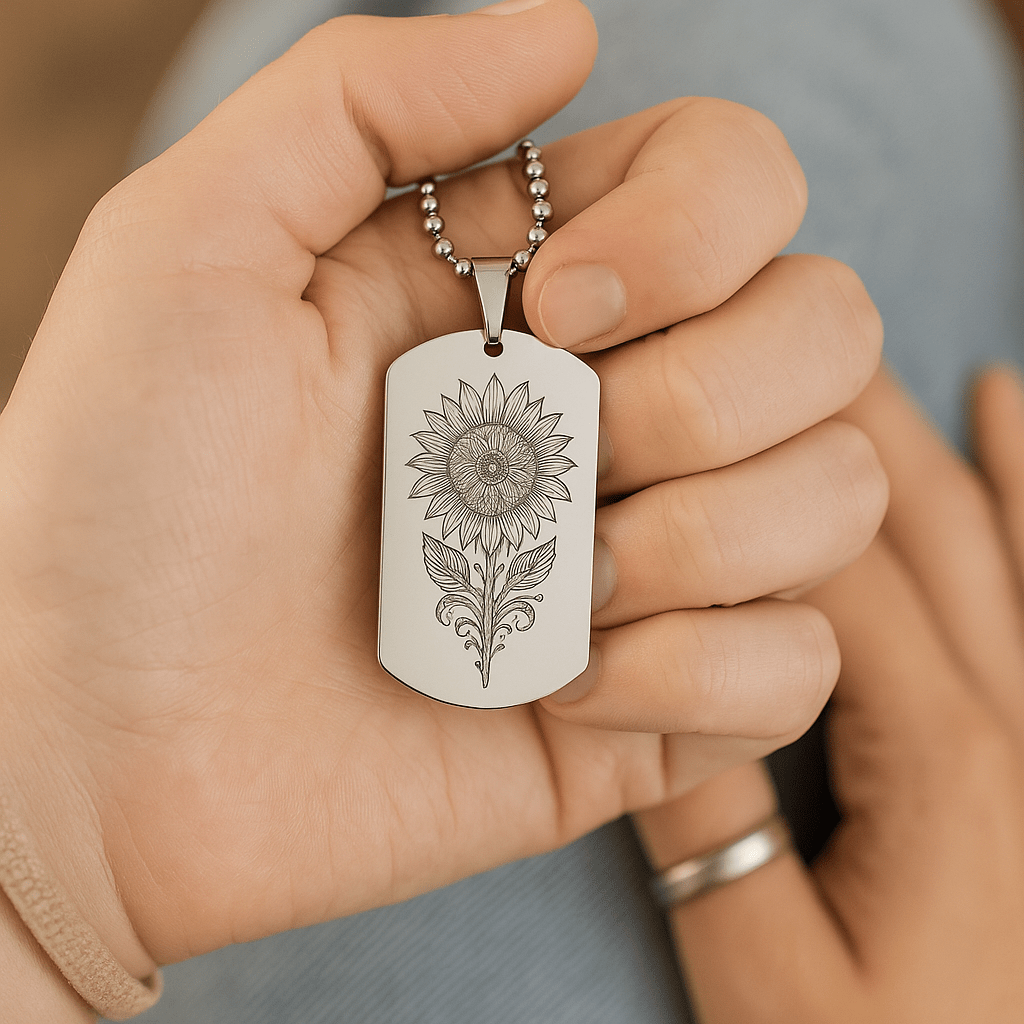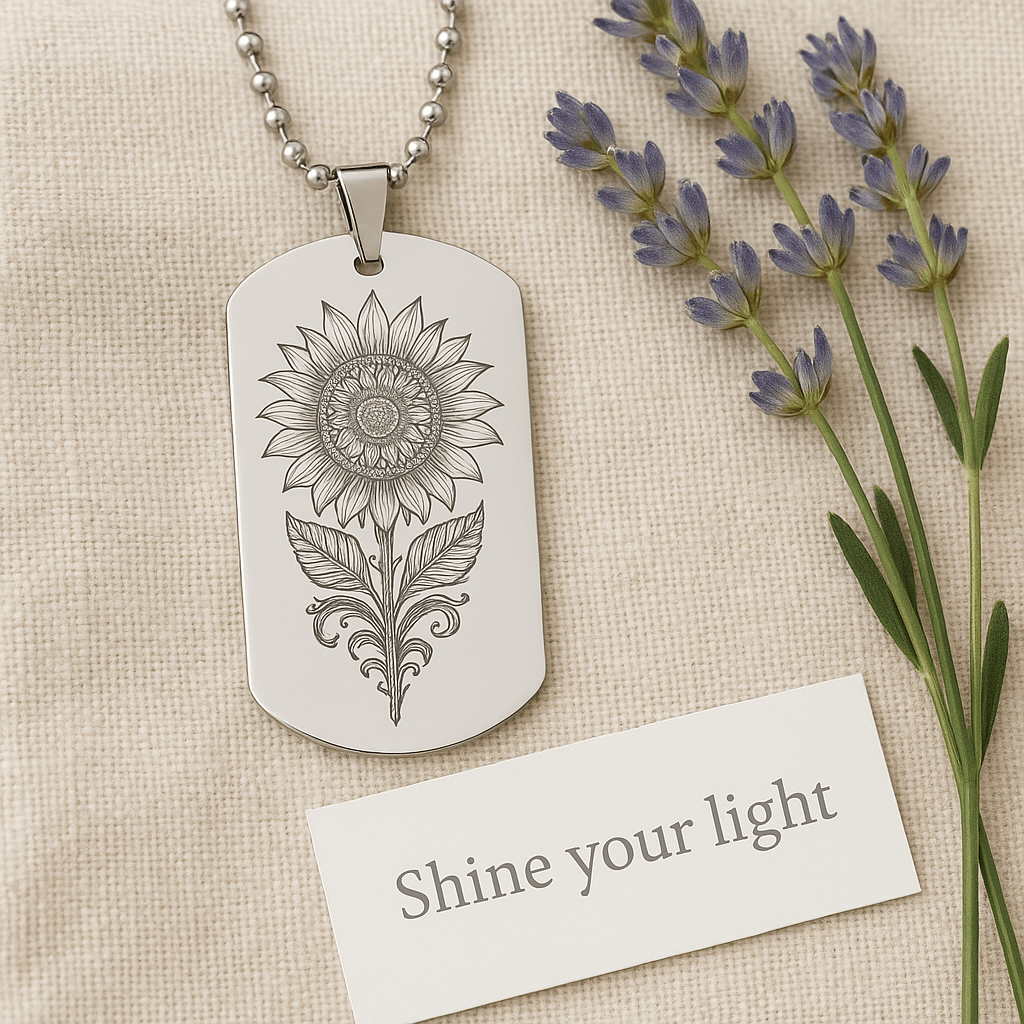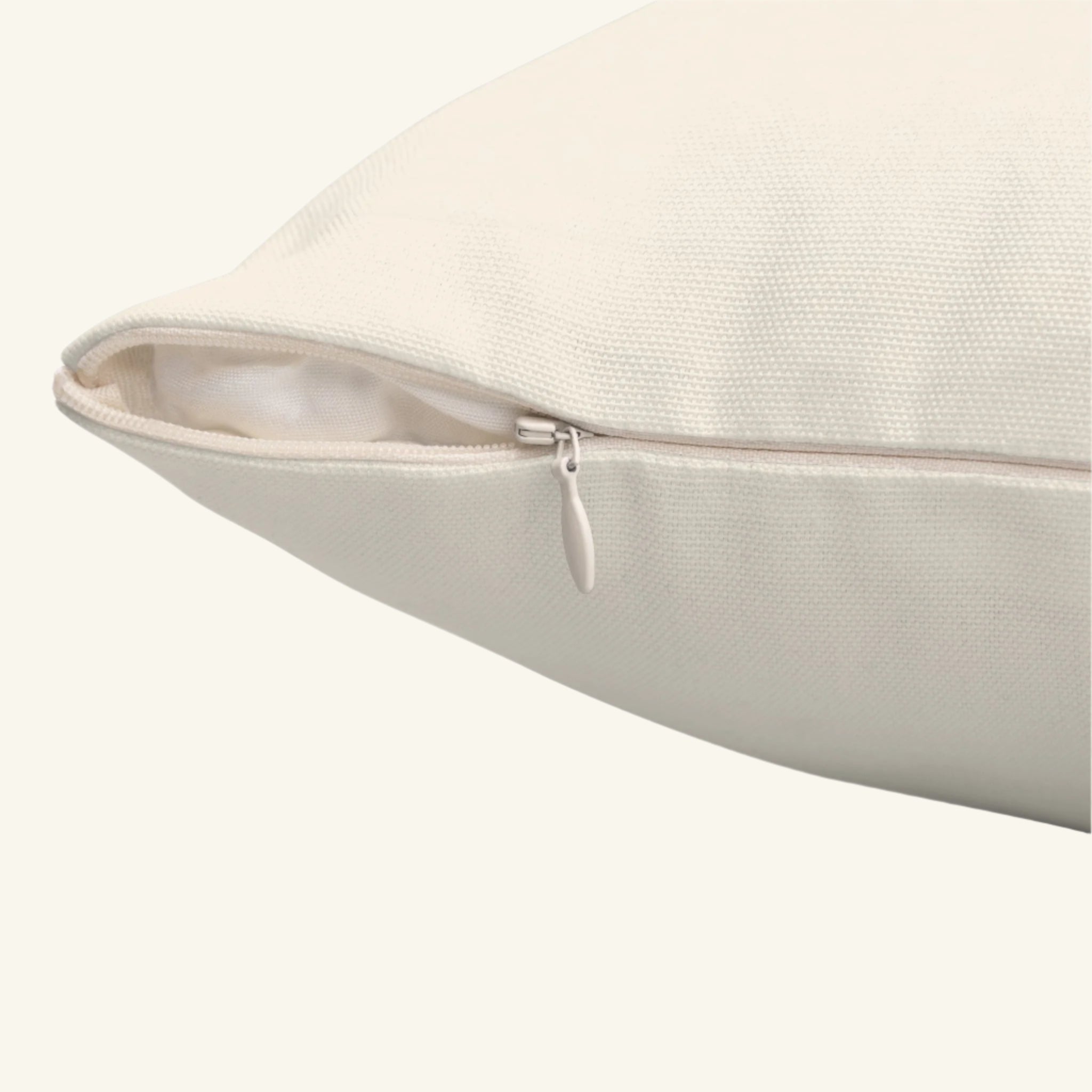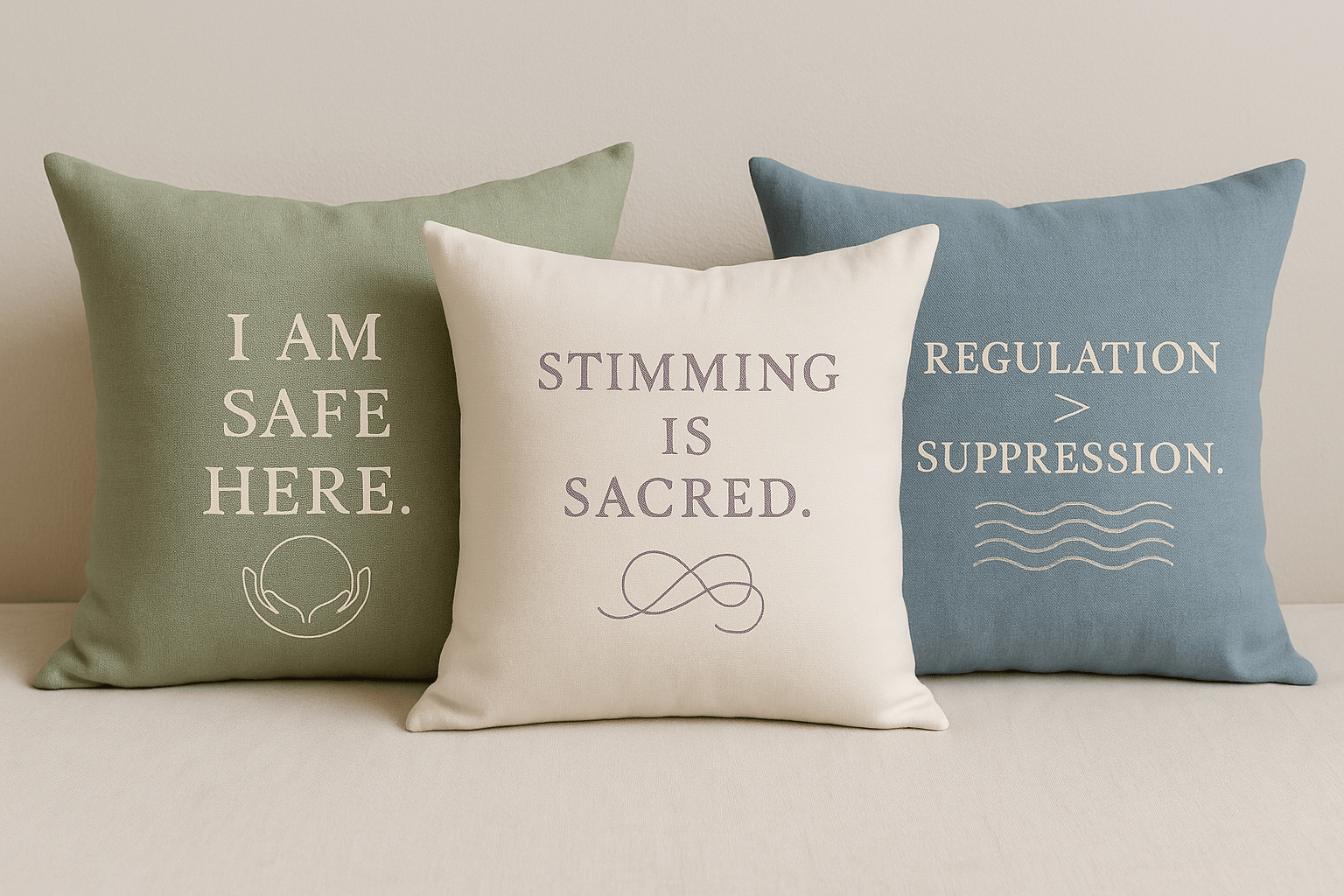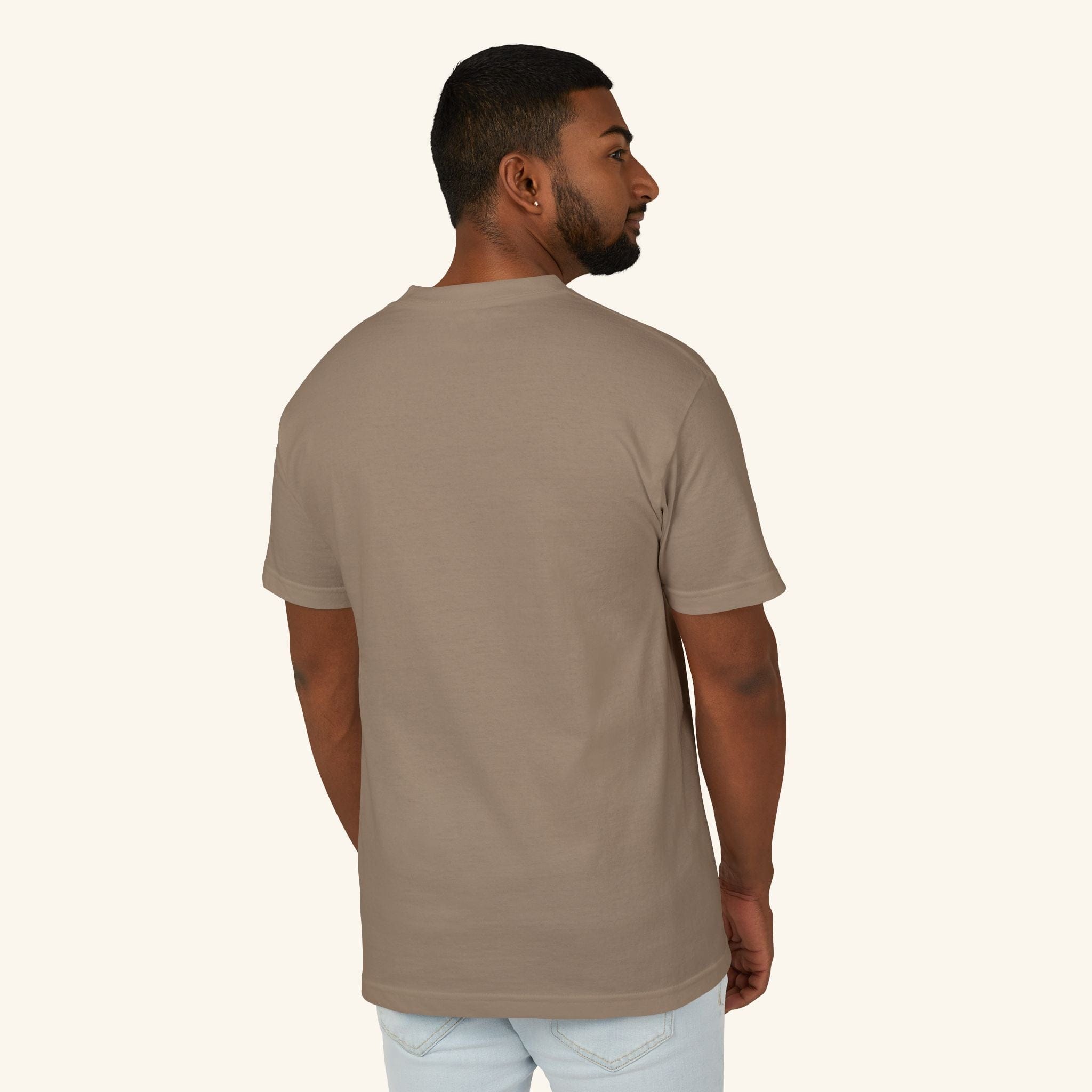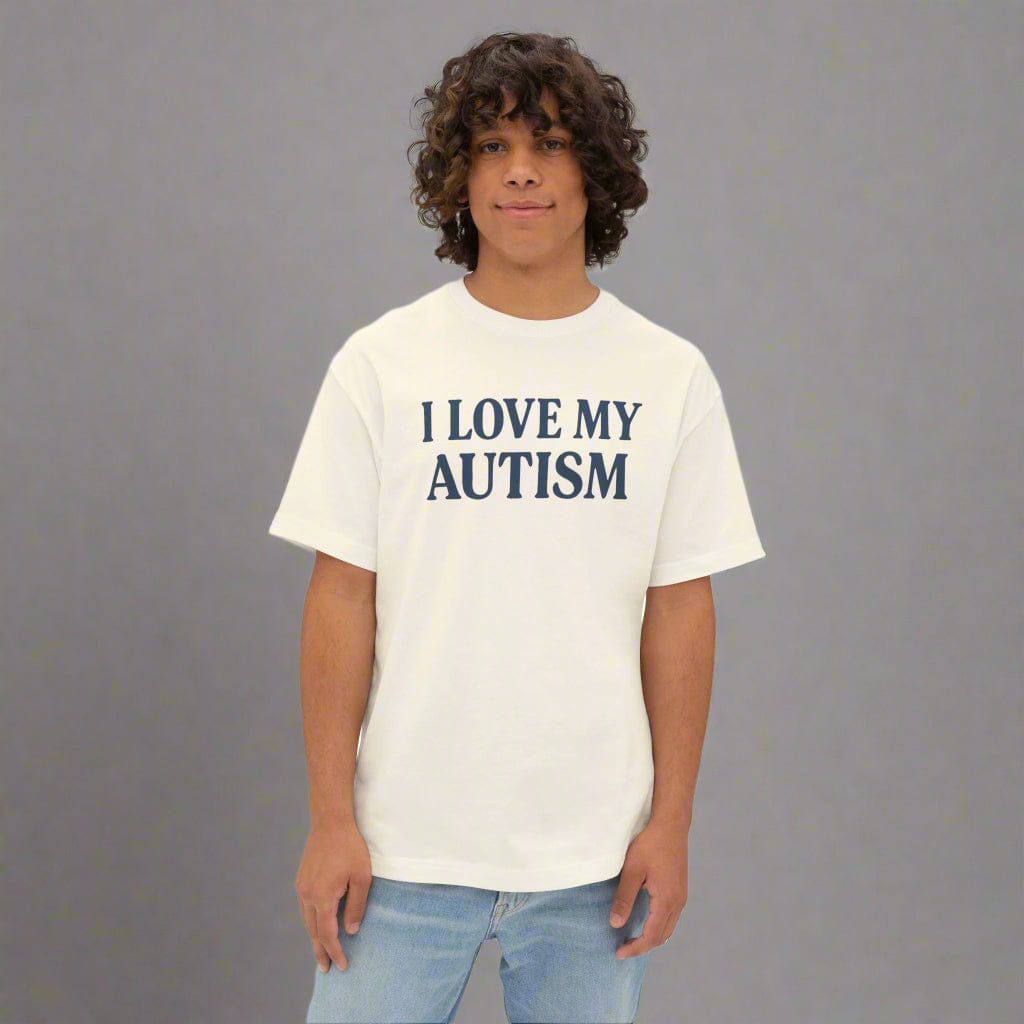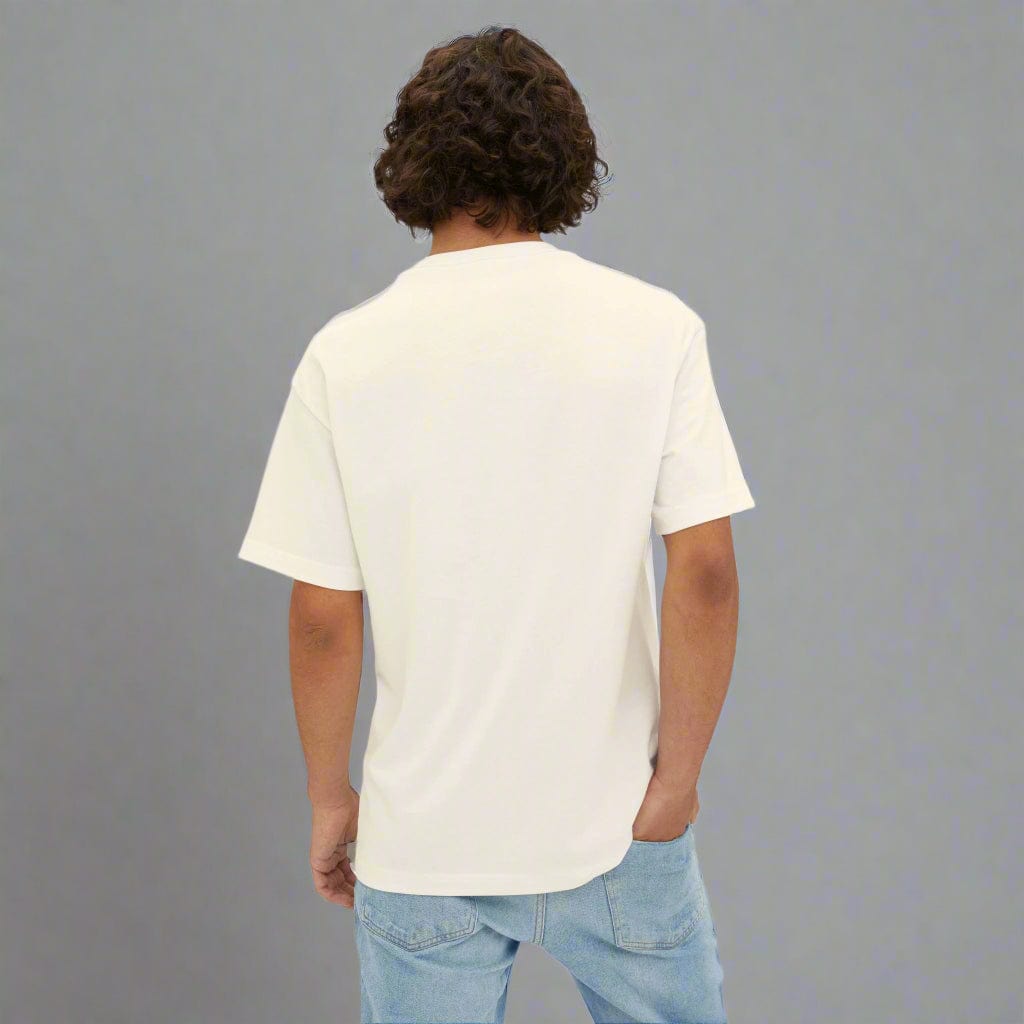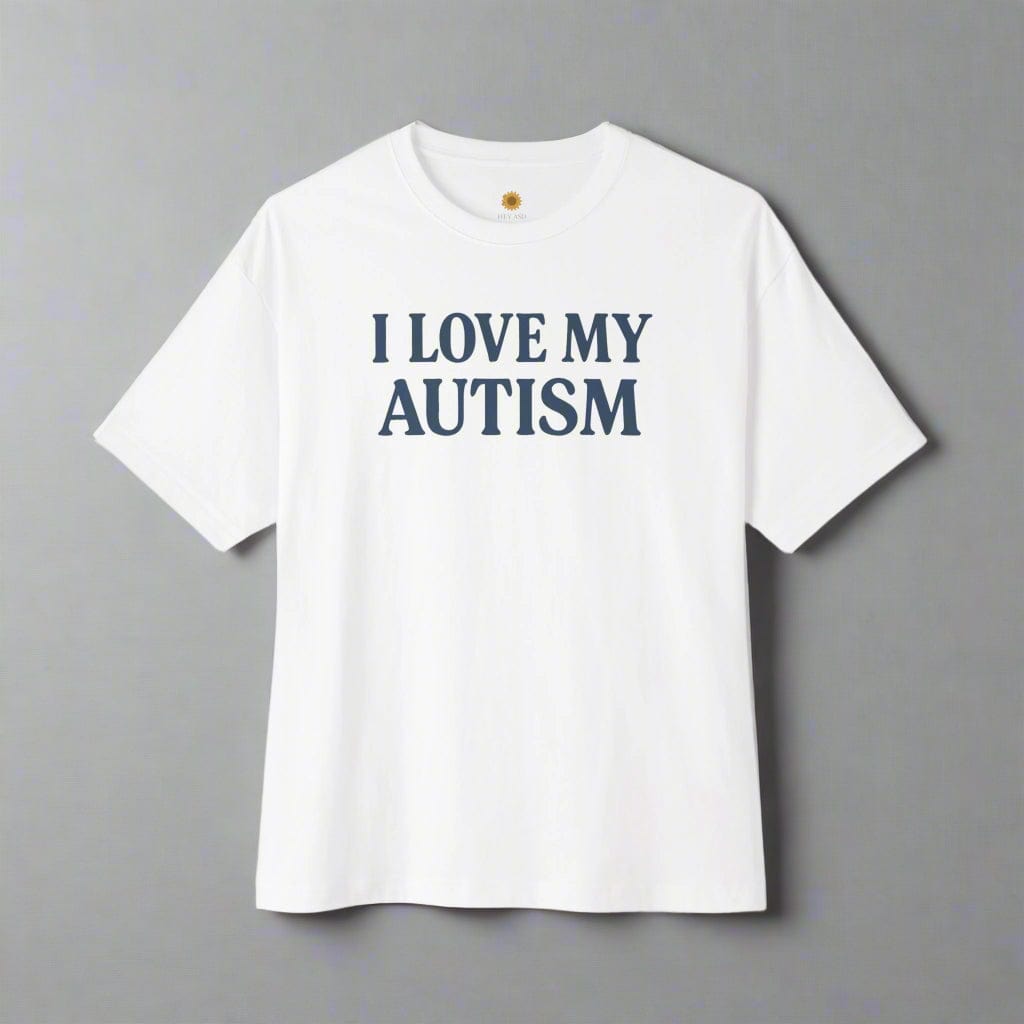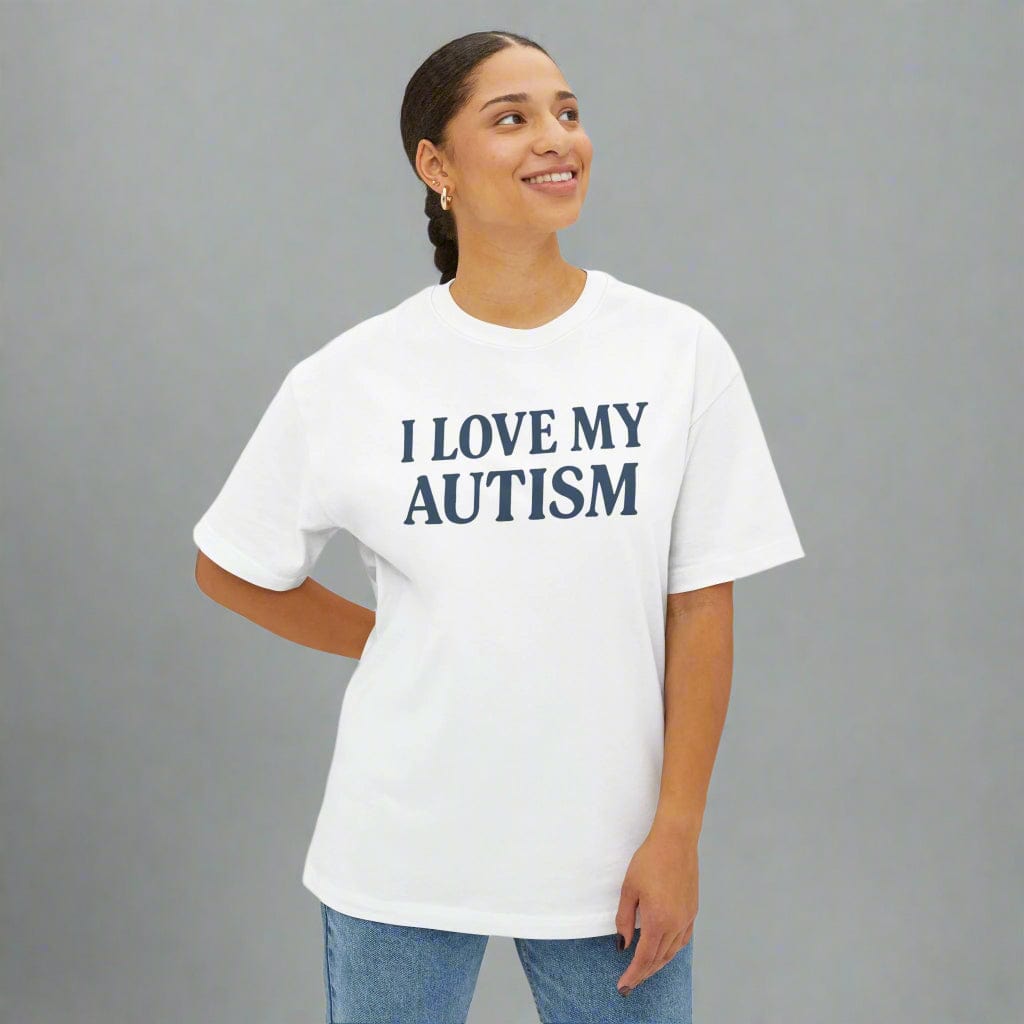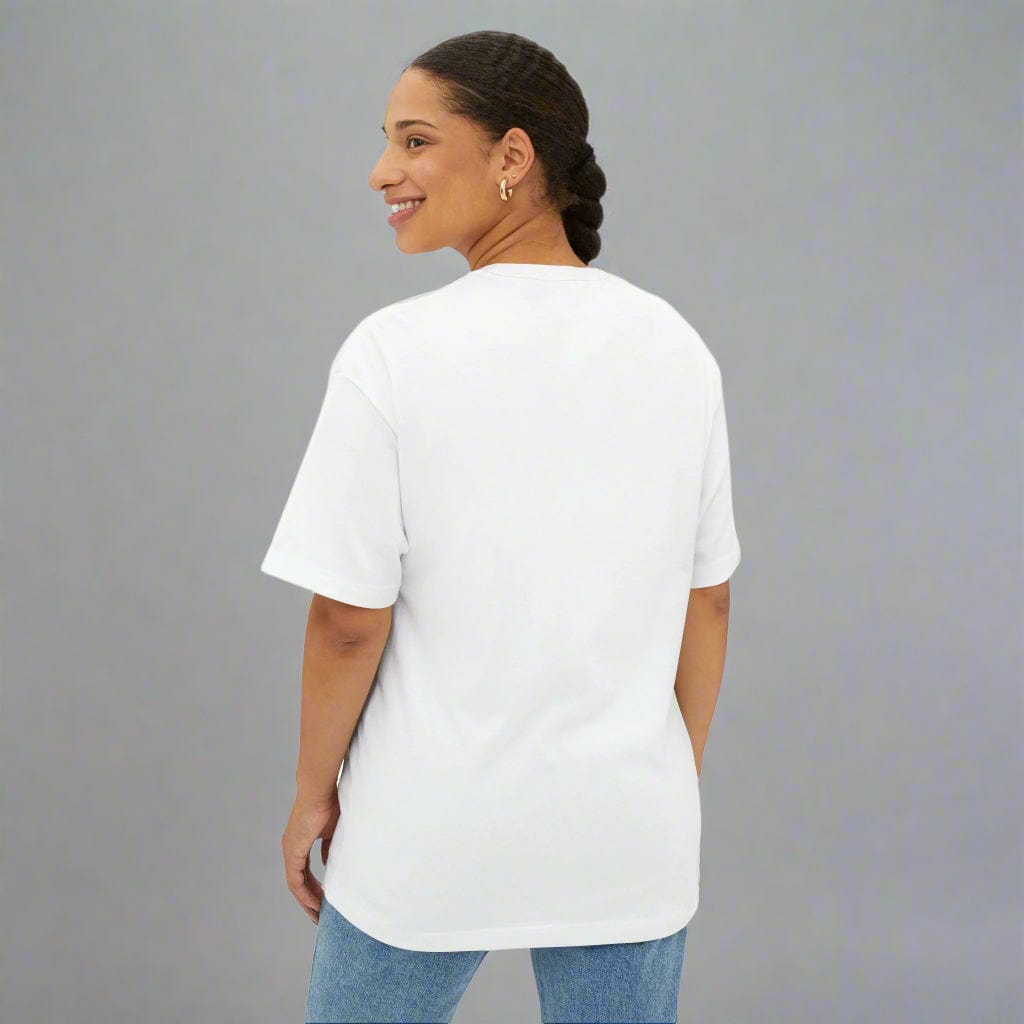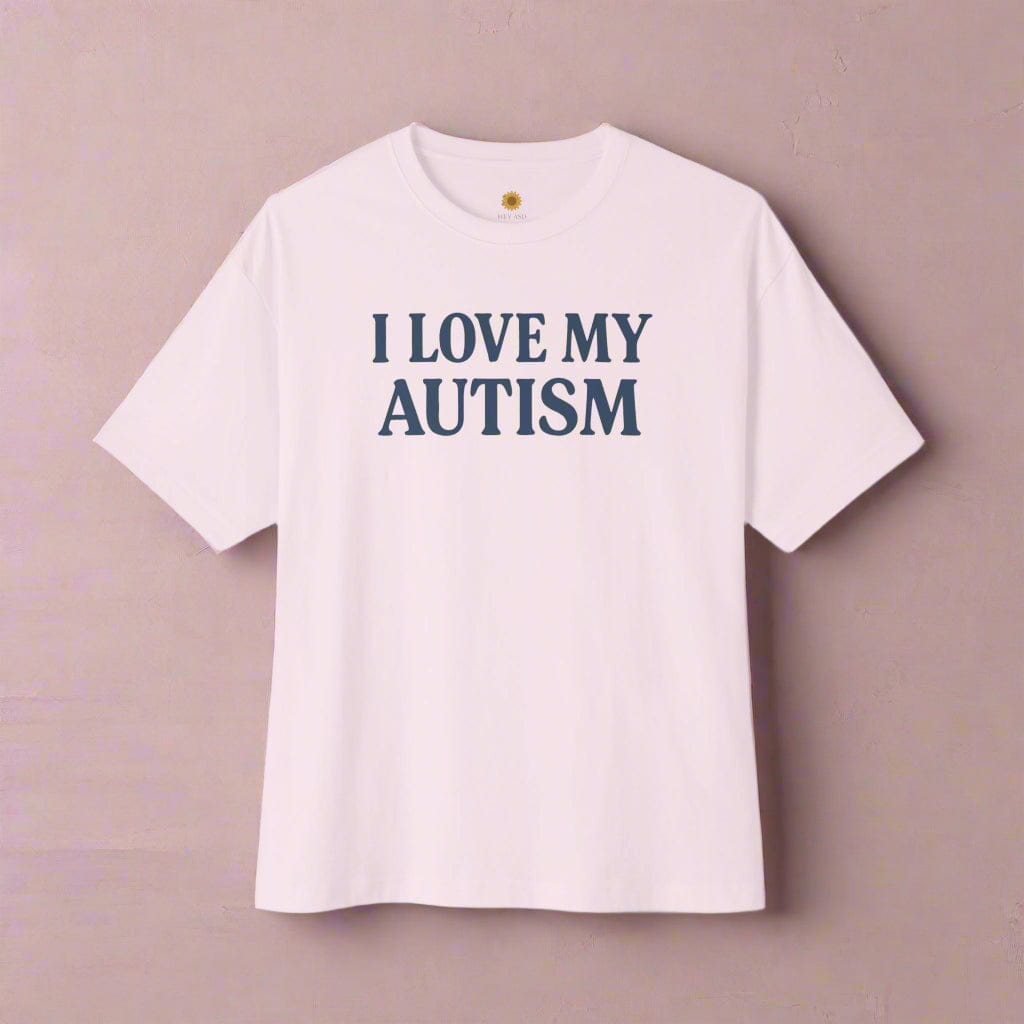Autism Travel: A Practical Guide for Sensory-Friendly and Relaxing Trips

Written by the HeyASD Editorial Team
Travel can be exciting — but for many autistic adults and families, it can also feel unpredictable, noisy, and draining. As an autistic traveler, I’ve learned that comfort and predictability aren’t luxuries; they’re what make adventure possible. This guide draws on lived experience and community insight to show how travel can become a calm, empowering, and genuinely enjoyable experience — when designed around your sensory needs and pace.
Here, you’ll find practical tools, planning tips, and resources to help you build a trip that feels safe, soothing, and fulfilling. Whether you’re preparing for your first flight or planning your next sensory-friendly vacation, this guide will help you travel on your own terms — with confidence, comfort, and care.
Key Takeaways: Autism Travel
- Travel can be enjoyable when designed around comfort, predictability, and sensory needs.
- Autism-friendly planning—including visual schedules, flexible routines, and downtime—reduces anxiety and builds confidence.
- Certified Autism Centers™ and programs like TSA Cares or the Sunflower Lanyard make travel smoother and more inclusive.
- Packing sensory tools such as tag-free shirts, weighted blankets, and fidgets helps maintain calm in new environments.
- Self-advocacy and rest are essential: listen to your body, set boundaries, and travel at your own pace.
Understanding Autism Travel: Why Sensory-Friendly Matters
Autism travel is about creating journeys that align with our neurotype, not forcing ourselves to fit into a world that wasn't designed for us. Sensory-friendly travel acknowledges that unfamiliar sights, sounds, and routines can lead to sensory input overload and overwhelm. It prioritizes predictability, quiet spaces, and clear communication.
By choosing destinations and accommodations that understand these needs, you create an environment where you can relax and genuinely enjoy new experiences. This approach transforms travel from a challenge to be endured into an opportunity for joy and connection for the whole family. Let's look at some common challenges and how a sensory-friendly mindset helps.
Common Travel Challenges for Autistic Adults
For many autistic adults, travel presents a unique set of hurdles. The world is full of unpredictable sensory information, and travel amplifies this. Unfamiliar noises in an airport, bright lights in a hotel lobby, and the constant hum of a new city can quickly become overwhelming.
Another significant challenge is the break from routine. Our daily structures are often a key tool for managing energy and anxiety. Travel disrupts these routines, from mealtimes to sleep schedules, which can be disorienting and stressful. Without a visual schedule or a clear plan, navigating a new place can feel chaotic.
Finally, social expectations in new settings can be draining. Interacting with new people, from TSA officers to hotel staff, requires a lot of energy. The fear of being misunderstood or judged for stimming or needing a moment alone can add another layer of anxiety to the experience.
Benefits of Autism-Friendly Travel Experiences
Opting for autism-friendly travel isn't just about avoiding stress; it's about creating a genuinely enjoyable experience. When a destination or hotel is committed to accessibility, it validates our needs and allows us to participate more fully. The entire family can relax when the environment is supportive.
These experiences are designed with predictability and sensory comfort in mind. This means you spend less energy navigating overwhelming environments and more energy making positive memories. Knowing that staff are trained and that quiet spaces are available provides a safety net that encourages exploration.
Ultimately, autism-friendly travel fosters a sense of belonging and independence. It proves that with the right support, the world can be accessible. Key benefits include:
-
Reduced Anxiety: Predictable schedules and sensory-managed environments lower stress.
-
Increased Comfort: Having access to quiet rooms and familiar comfort items makes it easier to recharge.
-
Greater Enjoyment: The whole family can relax and have fun when everyone's needs are met.
-
Empowerment: Successfully navigating a trip builds confidence for future adventures.
Planning Your Autism Travel Adventure
Thoughtful planning is the foundation of a successful and low-stress trip. It's about building a framework of predictability that allows for flexibility and spontaneous joy. Involving autistic family members in the planning process can build excitement and give them a sense of control. This can be as simple as letting them choose between two approved activities.
Maintaining a sense of routine is also critical. This doesn't mean your vacation has to be rigid, but weaving in familiar elements—like a consistent bedtime or morning routine—can provide a comforting anchor in a new place. The goal is to create a plan that supports, rather than restricts, your adventure.
How to Create a Predictable and Comfortable Travel Itinerary
A predictable itinerary is your best tool for managing travel anxiety. Start by creating a visual schedule. This can be a simple checklist, a picture-based timeline, or a digital calendar. It should outline the key events of each day, including travel times, meals, activities, and—most importantly—downtime.
When building your schedule, be realistic about what you can accomplish. Over-scheduling is a common cause of autistic burnout, especially during travel. It's better to plan one or two key activities per day and leave plenty of room for rest and spontaneous fun. Remember to schedule breaks before you think you'll need them.
Involving the autistic traveler in this process is key. Review the plan together and use it as a reference throughout the trip. This practice helps manage expectations and reduces the anxiety that comes with uncertainty. Here are a few tips:
-
Use maps and photos to preview destinations.
-
Build in quiet time after high-energy activities.
-
Keep mealtimes and bedtimes as consistent as possible with your child's regular schedule.
-
Pack familiar comfort items to make new places feel more like home.
Travel Tips for Autistic Adults: Routines and Flexibility
For autistic adults, traveling requires a balance between maintaining our supportive routines and embracing the flexibility that travel demands. Start by identifying your non-negotiable routines. Is it your morning coffee ritual? A specific bedtime routine? Incorporate these anchors into your travel schedule to create a sense of normalcy.
Visual supports aren't just for kids; they are incredibly helpful for adults, too. Use a travel app or a simple notebook to keep your itinerary, confirmation numbers, and addresses in one place. This reduces the mental load of remembering details and helps you feel more in control during the planning process.
Most importantly, give yourself permission to be flexible and listen to your body's needs. A family vacation itinerary might have a full day planned, but if you feel sensory overload approaching, it's okay to opt out and recharge. Your well-being is more important than sticking to a rigid plan. True flexibility means adapting the trip to meet your needs, not the other way around.
Choosing Autism-Friendly Hotels and Accommodations
Where you stay can make or break your trip. Autism-friendly hotels and accommodations go beyond basic comfort to address sensory sensitivities and the need for a predictable environment. When booking, don't hesitate to call the hotel directly to request specific accommodations.
You can ask for a quiet room away from elevators, ice machines, and pools. Inquire about the hotel's lighting options, whether they can provide unscented linens, or if they have staff trained in autism awareness. Having a safety plan for your accommodation is also a good idea, especially if you or a family member is prone to wandering.
What Makes Sensory-Friendly Hotels Unique
Sensory-friendly hotels are distinguished by their proactive approach to accessibility. They understand that a calm environment is a necessity, not just a luxury. This often starts with staff training, ensuring employees can interact with autistic guests respectfully and effectively.
These hotels often provide specific amenities designed to prevent sensory overload. This might include rooms with adjustable lighting, blackout curtains, and minimal decor. Some even offer sensory kits with items like weighted blankets or fidget toys upon request. The goal is to create a sanctuary where you can decompress after a day of activities.
The most important feature is a commitment to understanding and accommodating each child's unique needs. This creates a welcoming atmosphere where you feel seen and supported. Features to look for include:
-
Certified Autism Center™ (CAC) Designation: Staff have completed specialized training.
-
Quiet Rooms or Spaces: Designated areas for when you need to escape the noise.
-
Room Safety Kits: May include outlet covers or door alarms.
-
Flexible Dining Options: Accommodating specific dietary needs or offering room service to avoid a crowded restaurant.
How to Book Autism-Friendly Hotels in Popular U.S. Destinations
Finding and booking autism-friendly hotels is easier than ever thanks to resources like AutismTravel.com. This site, created by the International Board of Credentialing and Continuing Education Standards (IBCCES), lists hotels, resorts, and attractions that have earned the Certified Autism Center™ (CAC) designation. This certification means their staff are trained to support autistic guests.
When searching, you can filter by location and category to find certified options near your destination. Many major hotel chains are beginning to adopt these standards. For example, some Hilton and Marriott locations have earned the CAC designation, demonstrating a commitment to inclusive hospitality.
Always call the hotel before booking to confirm their specific accommodations and make your requests. This direct communication ensures your needs are documented and can be met upon arrival. Here are a few examples of certified destinations and helpful tools:
|
Destination/Resource |
What They Offer |
|---|---|
|
AutismTravel.com |
A searchable database of Certified Autism Centers™ worldwide, including hotels, theme parks, and museums. |
|
TradeWinds Island Resorts, FL |
A CAC-certified resort with trained staff, room safety kits, and an autism-inclusive kids' club. |
|
Hilton Dubai Palm Jumeirah |
An international example of a CAC-certified hotel committed to a welcoming environment for all guests. |
|
Local Visitor Bureaus |
Many cities, like Mesa, AZ, are becoming Certified Autism Destinations, offering lists of local certified businesses. |
Packing Essentials for Sensory-Safe Trips
Packing thoughtfully can provide a powerful defense against sensory overload and travel stress. Your suitcase should be more than just clothes; it's a mobile tool kit designed to create a bubble of comfort and predictability. Think about what items help you regulate and feel secure at home—these are your packing essentials.
Bringing familiar comfort items can make an unfamiliar hotel room feel more like a safe space. This could be anything from your favorite pillow to a collection of fidget toys. The goal is to build a travel bag that supports your sensory needs and allows for quiet time and self-regulation, no matter where you are.
💡 Community Tip: Many autistic travelers find comfort in familiar textures. Our sensory blankets, soft tag-free t-shirts, and autism jewelry can be easy-to-pack comfort items for flights or hotel stays — lightweight, soothing, and made with lived experience in mind.
Comfort Items and Sensory Tools: What to Include
Familiarity is comforting, especially in a new environment. Packing a few key comfort items can make a huge difference in managing travel anxiety. These items act as a grounding force when everything else feels new and overwhelming.
Your sensory toolkit should be customized to your specific needs. If you are sensitive to noise, noise-canceling headphones are non-negotiable. If you struggle with bright lights, bring your favorite sunglasses or a wide-brimmed autism hat. For tactile support, a sensory blanket or a soft hoodie can provide calming pressure.
Quick Recap: Sensory Travel Comforts
- Plan predictability: Visual schedules reduce uncertainty.
- Prioritize rest: Build downtime before and after travel days.
- Pack familiarity: Bring textures, sounds, and scents that feel grounding.
- Use sensory tools early: Don’t wait until overwhelm starts to self-regulate.
Don't forget your favorite fidget toys for stimming, as these are crucial for self-regulation during long waits or stressful moments. Having these familiar items on hand helps you manage your sensory environment proactively. Your packing list could include:
-
Noise-canceling headphones or earplugs: Essential for airports, planes, and crowded places.
-
Fidget toys and items for stimming: To help regulate during moments of anxiety or boredom.
-
A weighted lap pad or sensory blanket: For calming pressure during car rides or in the hotel room.
-
Familiar comfort items: A favorite pillow, stuffed animal, or piece of autism jewelry.
-
Safe foods and snacks: To avoid stress around unfamiliar meal options.
Building an Autism Travel Toolkit for Stress-Free Packing
Think of your travel toolkit as your go-to bag for managing the journey. You can find pre-made toolkits, like the one from Milestones Autism Resources, or build your own. This kit should contain all the useful tools you need to navigate travel smoothly, kept in a separate, easily accessible bag.
This kit should include your visual supports, such as a printed itinerary or social stories about flying or staying in a hotel. It’s also a good place to keep a copy of your emergency plan, which should include contact information, a list of medications, and a brief explanation of your needs for first responders.
Your toolkit is also the perfect home for charging cables, extra batteries, and any electronic devices used for communication or entertainment. By consolidating these essentials, you reduce the stress of searching through multiple bags. It’s one of the most practical and empowering tools you can have for your trip.
Navigating Airports and Flying: Support for Autistic Travelers
Air travel can be one of the most challenging parts of a vacation. Airports are loud, crowded, and full of confusing procedures. However, with the right preparation and support, you can navigate them with confidence. Many airports and airlines now offer programs specifically for autistic travelers.
Knowing your rights and the resources available is key. From specialized security assistance to practice programs that let you do a "dry run" before your day of travel, there are systems in place to make air travel more accessible. Don't be afraid to ask for help; these programs exist to be used.
Airport Accommodations for Autism: TSA Cares and Sunflower Program
Two of the most helpful programs for navigating U.S. airports are TSA Cares and the Hidden Disabilities Sunflower program. TSA Cares is a helpline you can call 72 hours before your flight to request additional assistance through the airport security screening process. A passenger support specialist can help guide you through security, providing a more predictable and less stressful experience.
The Hidden Disabilities Sunflower program is a simple but powerful tool. By wearing a sunflower lanyard, you discreetly indicate to airport staff that you have a non-visible disability and may need extra time, patience, or assistance. This program is recognized in an increasing number of airports across the U.S. and worldwide.
You can also print a TSA Disability Notification Card to present to the TSA officer. This card allows you to discreetly explain your condition and any assistance you may need. These programs provide vital support:
-
TSA Cares: Provides a trained guide through security. You can call them at (855) 787-2227.
-
Sunflower Lanyard: Visually communicates that you may need additional support.
-
Practice Runs: Programs like Wings for Autism offer "rehearsals" to familiarize travelers with the airport process.
-
Early Boarding: Most airlines offer early boarding, giving you time to settle in before the crowd.
Autism-Friendly Airlines: What to Expect Before and During Your Flight
Many airlines are taking steps to become more autism-friendly, recognizing the need to make air travel accessible for everyone. When booking, check the airline's website for information on their disability services or call their customer service line to discuss your needs.
Before your flight, take advantage of any available resources. Some airlines offer social stories or guides on their websites that walk you through the entire flight process, from check-in to landing. Requesting early boarding can also be a game-changer, as it allows you to get settled in your seat before the main rush of passengers, reducing sensory input in a new environment.
During the flight, stick to your routines as much as possible. Have your sensory toolkit ready with headphones, fidgets, and snacks. Giving a child choices, even small ones like which snack to eat or which movie to watch, can provide a sense of control. Remember that the flight is just one part of the journey, and it's okay to focus on comfort above all else.
Sensory-Friendly Vacation Ideas Across America
Choosing the right destination is just as important as planning the journey. The best vacations are often those that cater to your interests and sensory needs. Luckily, a growing number of theme parks, museums, and even entire cities across America are becoming certified as autism-friendly.
These destinations go the extra mile to ensure your family vacation is enjoyable, offering everything from sensory guides to quiet rooms. Whether you're interested in nature, art, or rollercoasters, there's likely a Certified Autism Center™ nearby that can provide a supportive and fun experience, ensuring your child's comfort.
Autism-Certified Destinations and Attractions
An Autism-Certified Destination is a location where multiple businesses, including hotels, restaurants, and attractions, have completed autism training to become a Certified Autism Center™ (CAC). This creates a community-wide network of support for autistic travelers.
These destinations provide resources to help you plan your visit. You can often find sensory guides on their websites that rate the sensory intensity (noise, lights, crowds) of different exhibits or rides. This allows you to plan your day around your sensory budget and avoid triggers. Many also offer quiet rooms for decompression.
Look for the CAC logo on an attraction's website or search for certified locations on the IBCCES website. This certification assures you that the staff are prepared to welcome you. Examples of certified locations include:
-
Sesame Place, Pennsylvania: The world's first theme park to be designated a CAC.
-
Mesa, Arizona: The first-ever Autism Certified City.
-
Greater Palm Springs, California: A Certified Autism Destination with numerous certified hotels and attractions.
-
Dubai Public Parks: An international example setting a global benchmark for accessibility.
-
Surfside Beach, South Carolina: An autism-friendly vacation destination.
Customized Travel Tips for Popular Family Spots (Theme Parks, Museums, Nature)
Even at the most popular family spots, a few customized strategies can make your visit more enjoyable. At theme parks, look for disability access passes, which often allow you to bypass long, stressful lines. Study the park map in advance to locate quiet areas, first aid stations, and less crowded paths.
When visiting museums, go during off-peak hours, like a weekday morning, to avoid the biggest crowds. Many museums now offer sensory-friendly mornings with dimmed lights and reduced sounds. Call ahead to ask about their policies and any available resources for autistic guests.
For nature-based trips, choose trails that match your energy levels and sensory preferences. A quiet walk in the woods can be incredibly restorative. A U.S. Access Pass offers free lifetime entry to national parks for citizens with permanent disabilities, making nature more accessible for your family vacation.
Managing Travel Anxiety and Overwhelm
Even with the best planning, travel anxiety and sensory overload can happen. The key is not to avoid them entirely but to have strategies in place to manage them when they arise. This starts with self-awareness—recognizing your early signs of overwhelm and taking action before it escalates.
Having an emergency plan and practicing self-advocacy are powerful tools. Knowing you have a way to communicate your needs and a plan for finding a quiet space can reduce the background hum of anxiety. Remember that it's okay to take a step back, prioritize quiet time, and put your well-being first.
Self-Advocacy Strategies on-the-go
Self-advocacy is about clearly and confidently communicating your needs. This can be challenging, especially in new environments, but it's a vital skill for independent travel. One of the most effective tools is a pre-written information card.
This card can be kept in your wallet or phone and shown to staff when you're feeling overwhelmed or non-verbal. It can briefly explain that you are autistic and outline what helps you (e.g., "Please speak slowly," "I need a quiet space"). Include an emergency contact phone number for additional information.
Practicing what you'll say in advance can also build confidence. Role-play asking for accommodations, like a different table in a restaurant or directions to a quiet area. Your travel tool kit is a great place to keep these resources. Effective self-advocacy can include:
-
Using an information card: To communicate your needs without speaking.
-
Wearing a Sunflower Lanyard: To discreetly signal you may need support.
-
Requesting accommodations directly: Asking for what you need, such as a quiet room.
-
Setting boundaries: Saying no to an activity when you feel overwhelmed.
Calming Techniques for Sensory Overload During Travel
When sensory overload hits, having a few go-to calming techniques can help you regain control. The first step is to remove yourself from the overwhelming environment if possible. Find a designated quiet space, a restroom, or even just a quiet corner to decompress.
Engage in activities that you know are regulating for you. This could be deep breathing exercises, listening to calming music on your headphones, or stimming with a fidget toy. Focusing on a single, predictable sensory input can help ground you when the world feels too chaotic.
Don't be afraid to deviate from your visual schedule if it means preventing a meltdown or autistic burnout. If a child is overwhelmed, offer simple choices to give them a sense of control, like "Do you want to go back to the hotel or find a quiet space to sit?" Your well-being is the top priority.
Connecting With Autism Travel Communities
You are not alone in your travel journey. There is a vibrant and supportive community of autistic travelers and their families who are eager to share their experiences and advice. Connecting with these communities can provide invaluable, real-world tips that you won't find in a standard travel guide.
From online forums to social media groups, these spaces are treasure troves of autism resources. Here, you can ask specific questions, read about others' successes and challenges, and find encouragement from people who truly understand. This sense of community can make all the difference in feeling confident about your travel plans.
Online Forums and Social Groups for Sharing Autism Travel Tips
The internet has made it easier than ever for autistic adults to connect and share knowledge. Online forums and social media groups dedicated to autism travel are excellent places to find peer-to-peer advice. You can search for groups on platforms like Facebook by typing in keywords like "autism travel" or "sensory-friendly travel."
In these groups, members often share detailed reviews of hotels, tips for navigating specific airports, and creative solutions to common travel challenges. It's a space where you can ask, "Has anyone flown this airline with a sensory-sensitive child?" and get responses from people with direct experience.
These social groups provide a sense of validation and solidarity. Reading about other autistic people successfully exploring the world can be incredibly inspiring. It's a reminder that travel is possible and that a strong community is there to support you along the way.
Advocacy Programs and Local Supports
Beyond online communities, national and local advocacy programs are working to make travel more accessible. Organizations like the International Board of Credentialing and Continuing Education Standards (IBCCES) are at the forefront of this movement with their certification programs.
These programs provide training and certification to travel-related businesses, ensuring they are equipped to welcome autistic guests. When you see a Certified Autism Center™ logo, you know that location has made a tangible commitment to inclusion. This is a powerful form of systemic advocacy that benefits the entire community.
On a local level, many autism resource centers offer travel-related workshops or toolkits. Connecting with these local supports can provide you with region-specific advice and resources. Key programs and supports include:
-
IBCCES: The organization behind the Certified Autism Center™ (CAC) and Certified Autism Destination (CAD) designations.
-
The Arc's Wings for Autism®: An airport "rehearsal" program designed to alleviate the stress of flying.
-
Autism-Friendly Travel Agencies: Professionals who specialize in planning trips for autistic travelers.
-
Local Autism Societies: Often have resources and recommendations for travel in your area.
Conclusion
Travel doesn’t have to mean sensory overload, exhaustion, or compromise. With thoughtful planning and a supportive environment, it can become a pathway to joy, growth, and connection. Every calm moment you create — whether through a predictable schedule, a sensory-safe toolkit, or a well-chosen hotel — is an act of self-advocacy and care.
Remember: there’s no single “right” way to travel. What matters is honoring your body, your rhythm, and your comfort. Trust yourself, lean on community resources, and know that adventure can belong to you, too — just at your own pace.
🌎 If you’d like gentle support planning your next sensory-friendly trip, explore our comfort collection designed by and for the autism community.
Join Hundreds of Autistic Adults Feeling
More Comfort in Their Own Skin
Use code WELCOME10 for 10% off your first order — because comfort shouldn’t be a luxury.
Start Your Comfort JourneyFrequently Asked Questions
How do I find sensory-friendly hotels and accommodations?
Look for autism-friendly hotels by searching for a Certified Autism Center™ (CAC) on sites like AutismTravel.com. When booking accommodations, call ahead to request a quiet room and inquire about amenities that cater to sensory sensitivities, ensuring a more comfortable stay.
What are practical ways to reduce travel anxiety for autistic adults?
To reduce travel anxiety, create a predictable itinerary, pack comfort items, and have a plan to find a quiet space if you experience sensory overload. Practicing self-advocacy by using an information card or directly communicating your needs can also significantly lower stress during your trip.
Are there any national programs or certifications for autistic travelers in America?
Yes, the most prominent certification is the Certified Autism Center™ (CAC) from IBCCES. National advocacy programs like TSA Cares and The Arc's Wings for Autism® also provide crucial support for air travel, making the process more accessible for autistic travelers and their families.
What are some tips for planning a sensory-friendly trip for autistic individuals?
For a sensory-friendly trip, thoughtful planning is key. Create a visual schedule, build in plenty of downtime, and involve the autistic traveler in decisions. Pack a tool kit with essential comfort items to help manage sensory input and maintain a sense of familiarity while away from home.
How can I find accommodations that cater to sensory needs during travel?
To find accommodations for sensory needs, research sensory-friendly hotels that are CAC certified. Call properties directly to request specific accommodations like a quiet room. Use visual supports to preview the hotel, and clearly communicate your or your child's needs before you arrive to ensure a better experience.
What activities or destinations are considered autism-friendly when traveling?
Autism-friendly destinations include theme parks, museums, and even entire cities that have earned the Certified Autism Center™ (CAC) designation. These places offer trained staff, sensory guides, and quiet areas, making them ideal for a family vacation in a new environment.
On This Page
Frequently asked questions
What are some key autism travel tips to help reduce anxiety and sensory overload during trips?
How can I find and book travel accommodations for autism that offer sensory-friendly features?
What strategies can help in managing sensory overload autism while traveling in busy or noisy environments?
How can visual schedules and social stories support autism during travel and make the experience more predictable?
What types of sensory tools or calming items should I consider packing to support comfort during travel?
How can I communicate effectively with airlines and transportation providers to request autism-friendly travel accommodations?
What are some ways to find autism-friendly attractions and activities that cater to sensory needs while traveling?
How can self-care practices and sensory regulation techniques be incorporated into travel plans for autistic individuals?
Are there Autism-themed decor or wearable items that can help create a comforting and supportive travel environment?

About the HeyASD Editorial Team
Autistic‑owned • Values‑led • Sensory‑friendly design
We are autistic creators, writers, and advocates dedicated to producing resources that are practical, sensory-aware, and grounded in lived experience. Our mission is to make information and products that support the autistic community accessible to everyone, without jargon or condescension. Learn more about our team.
This article is written from lived autistic experience and an evidence-aware perspective. It is for general informational purposes only and should not be taken as medical, legal or therapeutic advice.
Always consult a qualified clinician or occupational therapist for individual needs and circumstances.

About Our Autism Blog
HeyASD isn’t just a store, it’s a calm, supportive space created by and for autistic adults. Our blog shares sensory-friendly tips, identity-affirming stories, and heartfelt resources for navigating life as an autistic person. Whether you're late-diagnosed, exploring your needs, or supporting someone you love, you're welcome here.
Thank you for reading. We hope these resources bring comfort and clarity.













